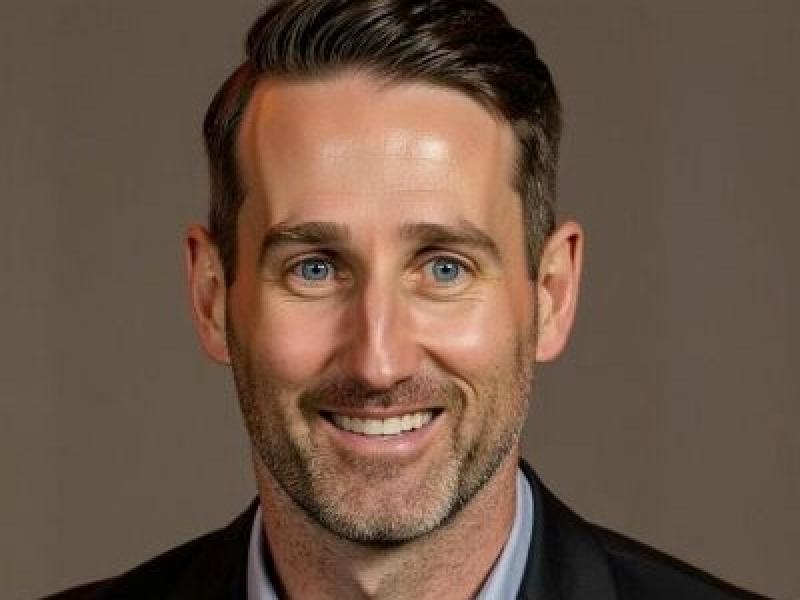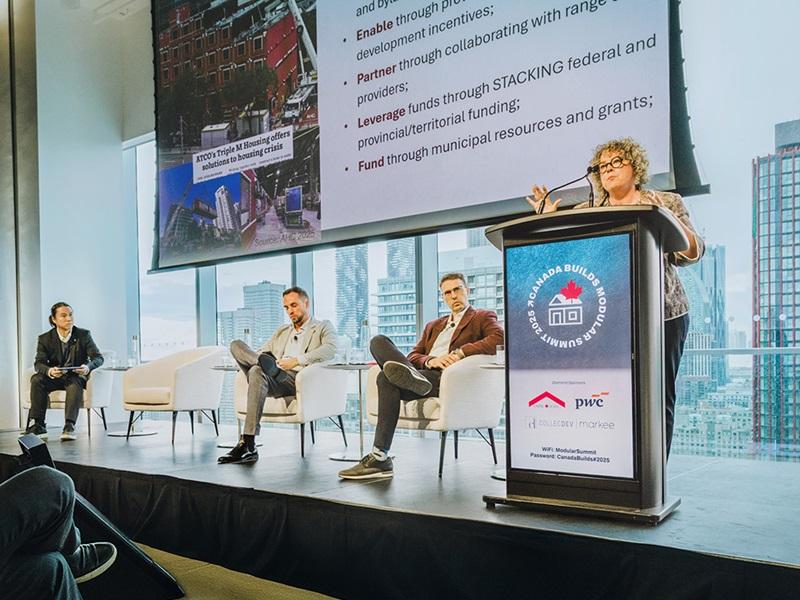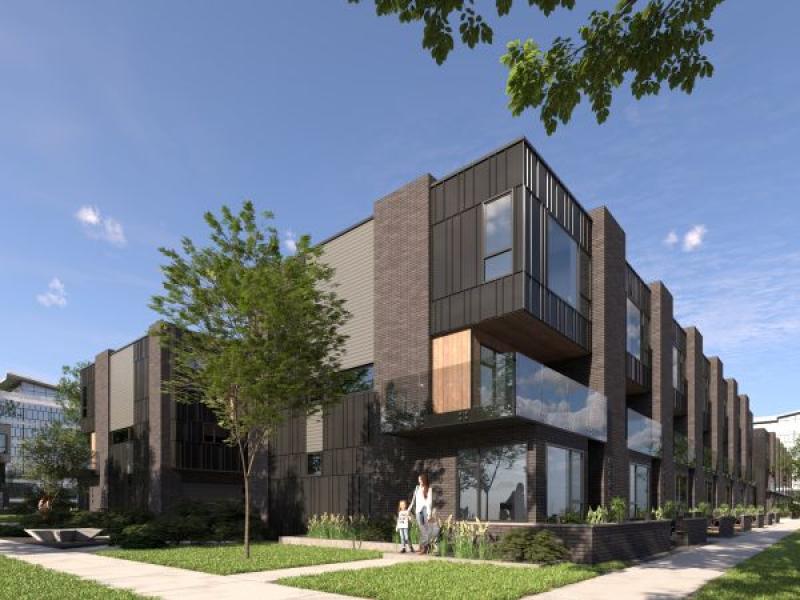
The national building code is obsolete and more developers should strive to develop net-zero-ready homes, the founder of Land Ark Homes believes.
“We want to educate builders that this isn’t expensive,” Stephen Rolston told RENX Homes. “It should be standard in every home built today. Finding a great place to live doesn’t have to be so hard, or an option, and the most important thing is building pedestrian-focused, walkable, 15-minute communities.
“As you’re building sustainable homes, net-zero ready has to become standard.”
However, Rolston added the reason this hasn’t happened yet is homebuilders are primarily concerned about keeping the per-square-foot cost of homes low.
But it need not be that way, and as an example Rolston points to Land Ark Homes’ Watercolour project in Westport, which is about 25 minutes south of Perth in an area Rolston called the “Muskoka of Eastern Ontario.”
Watercolour’s 25-home first phase has been completed and occupied, and the 60-home second phase is underway.
The idea is to welcome two to three families to Westport every month, although it is too early to report how many homes will have been constructed when the development is completed because Watercolour is a legacy project, he explained.
Watercolour's net-zero-ready homes
The homes are net-zero ready, meaning that all families have to do to complete the process is install solar panels on their roofs. Of Watercolour’s first phase, six homes are already fully net zero, thanks the Canada Mortgage and Housing Corporation’s interest-free Canada Greener Homes Loan.
Rolston said the loan takes about 10 or 11 years to repay, at which point the net-zero homes can begin profiting from excess energy produced for the electrical grid.
Land Ark anticipates Watercolour’s net-zero adoption rate to grow since Hydro One very recently permitted solar panel installation in the area. Moreover, he said the local distribution company is still in the process of getting its ducks in a row.
Land Ark’s internal estimate is that net-zero-ready homes are on average $26,000 more expensive to build than a standard home, but the cost will continue decreasing.

“The more people do it the right way, the lower cost the supply chain side of it is,” Kevin Rankin, Land Ark Homes’ general manager, said.
However, for the time being, Rolston can’t help but feel a little cynical how quickly net-zero homes are - or are not - scaling in Canada.
In fact, even the carbon tax - which will climb to $170 per metric ton by 2030 - might not be enough to sway some builders, at least not yet.
“I don’t think this will be implemented by 2030 because I think builders are going to revolt and force the government’s hand and say, ‘We need another five years,’ so it could be 2035,” Rolston said. “But the homes of the future are available now and that idea of net-zero versus obsolete, if the consumer asks for it, builders will change.”
Immense savings, solar panel or not
Even without affixing a solar panel to the roof, a Watercolour house is primed for substantial savings on energy bills, not to mention the smaller carbon footprint it will leave behind. And while the devil is in the details, Watercolour homes look no different than the ones built according to what Rolston called the “obsolete national building code.”
A Watercolour home uses cold climate air source heat pumps in lieu of traditional furnaces, and instead of an outdoor air conditioner (or a natural gas furnace inside), there’s an indoor air handler.
With nine-foot ceilings, including in the basement, Watercolour homes are flooded with natural light, thanks to triple-pane windows as large as 10 feet wide and 30 inches tall.
Even the spray foam used in the homes is environmentally friendly, he said, noting that the sum of these improvements cannot be understated.
“A natural gas home compared to a fossil fuel-free, all-electric, cold-climate source heat pump is a 12-fold reduction of a person’s carbon footprint, and it literally cuts their energy bill in half,” he said. “It’s like ripping up your gas bill without doubling up your electricity bill.”
Land Ark Homes was founded by Rolston and his wife in 1988 after the couple moved from Oakville to Stittsville, a community in the west end of Ottawa.
Watercolour is Land Ark’s 10th community in Ottawa and Eastern Ontario, and the company is a 2024 nominee for the CHBA Net Zero Production Home of the Year Award.










